It's probably the cold season, and you noticed that the gutter is starting to accumulate moisture. How could you stop condensation on gutters? Why does this happen? Relax! We've researched the answers for you.
The cold temperature can condense on the gutter, especially during the winter season when moisture is abundant. You can prevent such condensation with some of the techniques below:
- Clean the gutter.
- Enhance the attic ventilation.
- Insulate the attic.
- Extend the overhang.
- Add a downspout.
In this article, we'll figure out why there's a condensation on gutters and how to stop it. We'll provide some options you can do to solve this problem. There's no time to waste! Join us in reading.
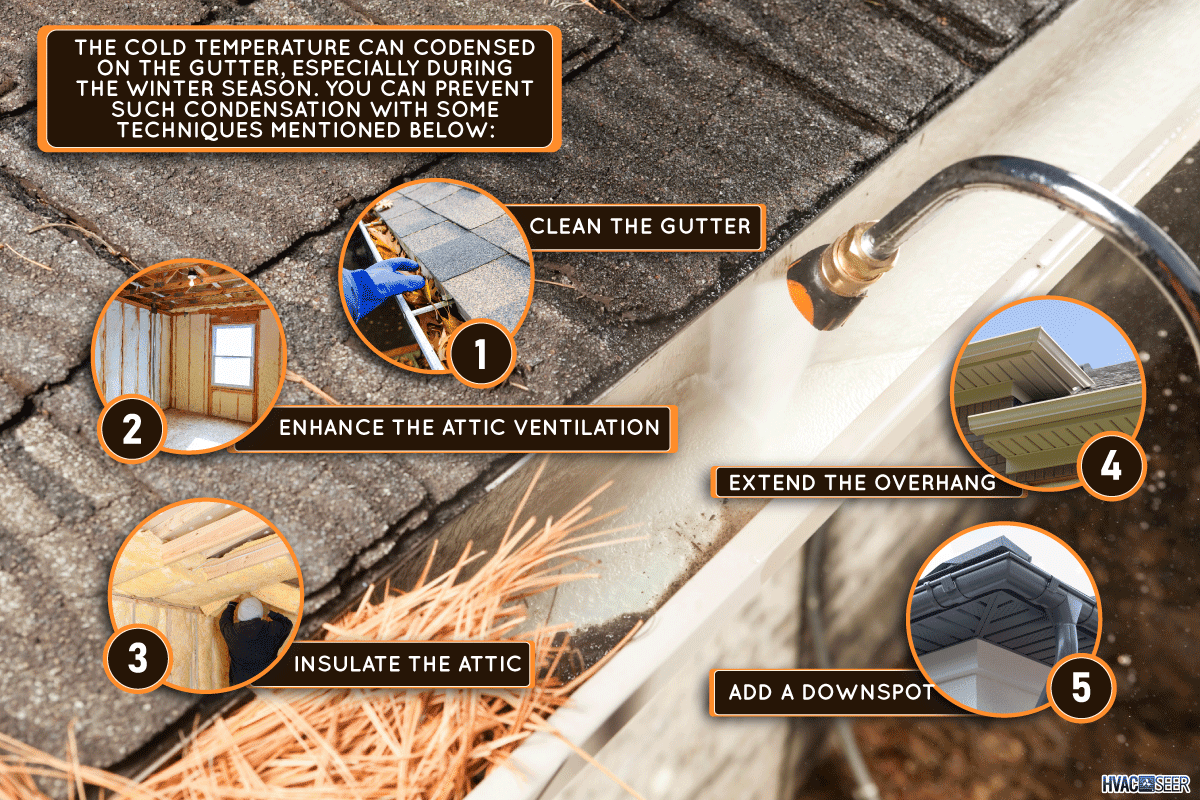
How Do You Stop Condensation on Gutters?
Condensation occurs when warm air vapor interacts with a cool surface, which will later result in moisture buildup on the surface. A gutter not only redirects the rainwater but also protects the roof and walls from decay. It's important to reduce or eliminate the condensation on the gutter to retain its quality. See some techniques below.
1. Clean the Gutter
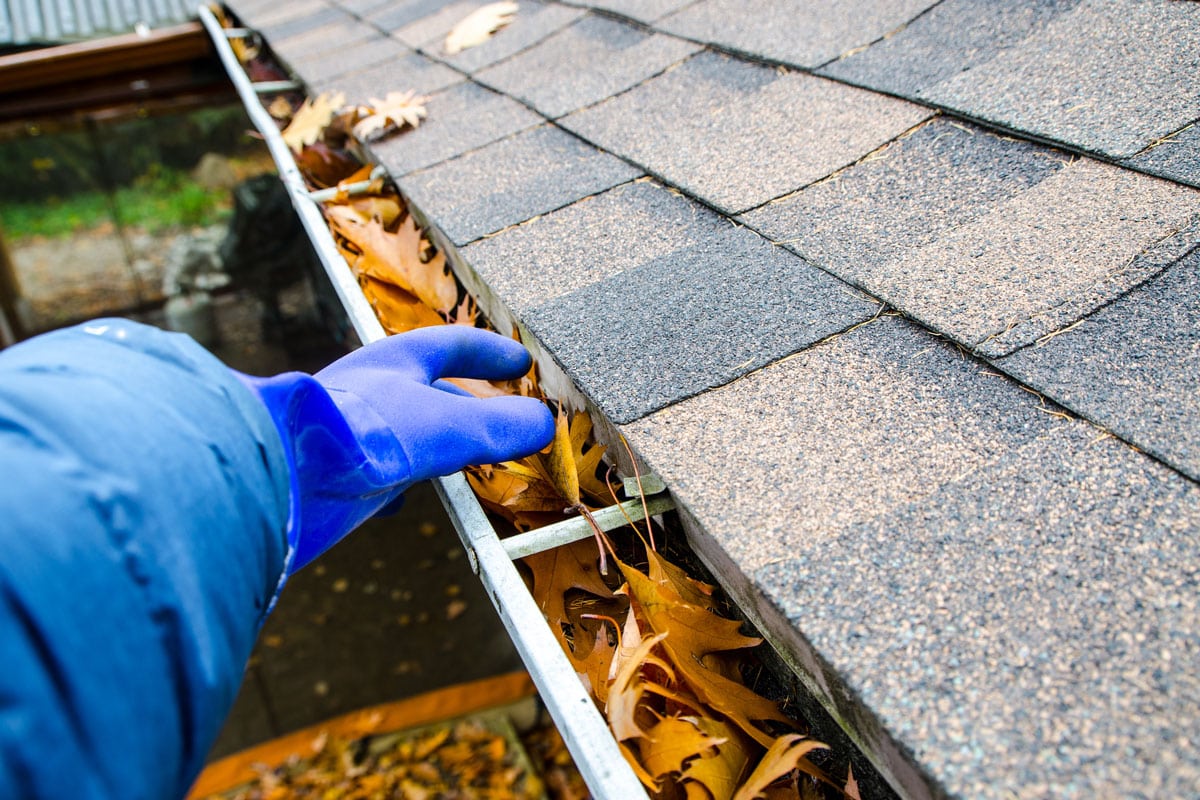
The first thing you want to do is clean the gutter. The fallen leaves and other waste in the gutter can block the pipes, causing the water to pool. See the cleaning steps below:
- Climb up the gutter. Bring an empty bucket and a waste picker.
- Pinch and collect the waste into the bucket.
- Flush the entire gutter with water. The remaining dirt and waste should go through the downspout.
- Go down the ladder and find the other end of the downspout. You should then unclog it by pulling out the solid debris.
- Check the gutter for loose screws and straps. You can replace them if necessary.
You can watch a video here for the steps:
2. Enhance the Attic Ventilation
The attic absorbs a lot of heat during the summer and cold temperatures during the winter. Such temperature uncertainty can affect the gutter either by getting too dry or too moist. So, to reduce the level of condensation, you should consider improving the attic ventilation. See below for some ways to do it.
Install Roof Vents
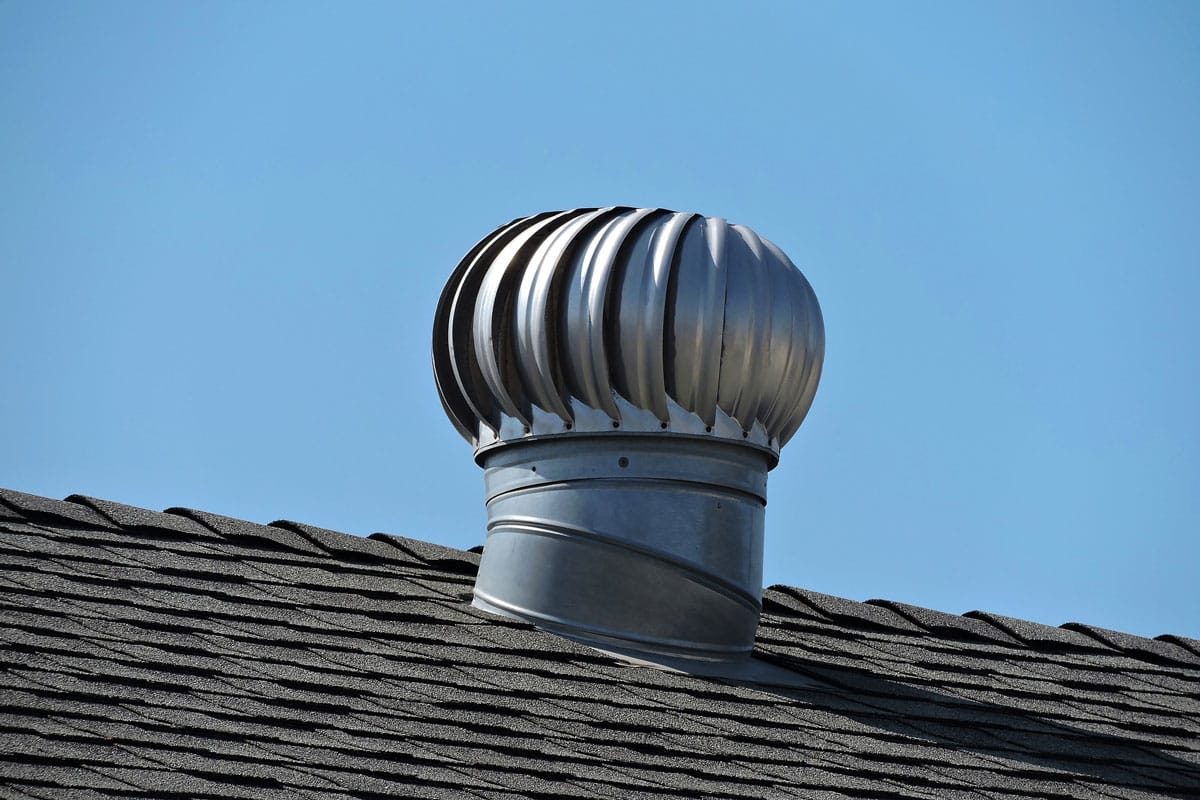
Roof vents such as fans and ridge vents help enhance the airflow from the attic to the outside. You'll want to add some roof vents to allow the moisture to escape. For instance, the volume of humidity in the attic is too high. With roof vents, the moisture can be carried away by natural air with the use of a mechanical fan or an open airway.
Roof vent installation needs proper assessment. It's best to consult your homebuilder should you want to do this option.
Install an Exhaust Fan
An exhaust fan is a type of fan with reversed blades to push away the heat and exchange it with a cooler one. It's often used to eliminate smoke and other air contaminants, as well as minimize condensation.
Unlike roof vents, exhaust fans are easier to install. You can simply put it in the window for optimal air circulation.
See this exhaust fan on Amazon.
The following are the general steps for installing a portable exhaust fan in an attic window:
- Get inside the attic and find the center wall designated for adding an exhaust fan.
- Measure the frame to match its size with your exhaust fan.
- Find the nearest power outlet for the exhaust fan. You may need to hire an electrician for the job if the outlet cannot reach the exhaust fan. Refer to the product description for the correct voltage.
- Mount the exhaust fan into the frame. Make sure its blade is facing towards you. Check the installation guide in the product description as well.
- Turn on the exhaust fan to test it.
Add a Window
It's a great idea to add a window in your attic, either an openable or a fixed one. An openable window allows you to swing the glass outward from the attic; while a fixed window is closed at all times.
Any window can help enhance ventilation. The hot temperature it absorbs during the daytime can save a lot of energy, making your attic warmer during the night. However, this will depend on your homebuilder's evaluation. It's not safe to install windows on a weak attic foundation, for instance.
3. Insulate the Attic
Insulation is a method of adding a layer of protective material to reduce moisture and isolate the heat. Insulation can be done on walls, ceilings, or floors. This option can prevent moisture both in the attic area and on the adjacent surfaces such as the gutters.
Most homeowners have fiberglass or wool insulation in their attics. The R-value can also differ based on location and heat index category. That's why it's important to consult a professional for a suitable insulation type. There are a lot of things to consider, such as wiring, joists, and the attic's condition.
4. Extend the Overhang
An overhang is an extended portion of the roof that protects the house from dripping rain. Extending the overhang can prevent moisture buildup, especially when snow or ice sits along the roof edges.
This option can be a major task. You need to ensure that it's safe to extend the overhang. One mistake can cause the overhang to collapse and cause injury when it falls. But the main goal is to push the rainwater away from the foundation. This way, the condensation will also drip down the gutter instead of accumulating on the fascia board.
5. Add a Downspout
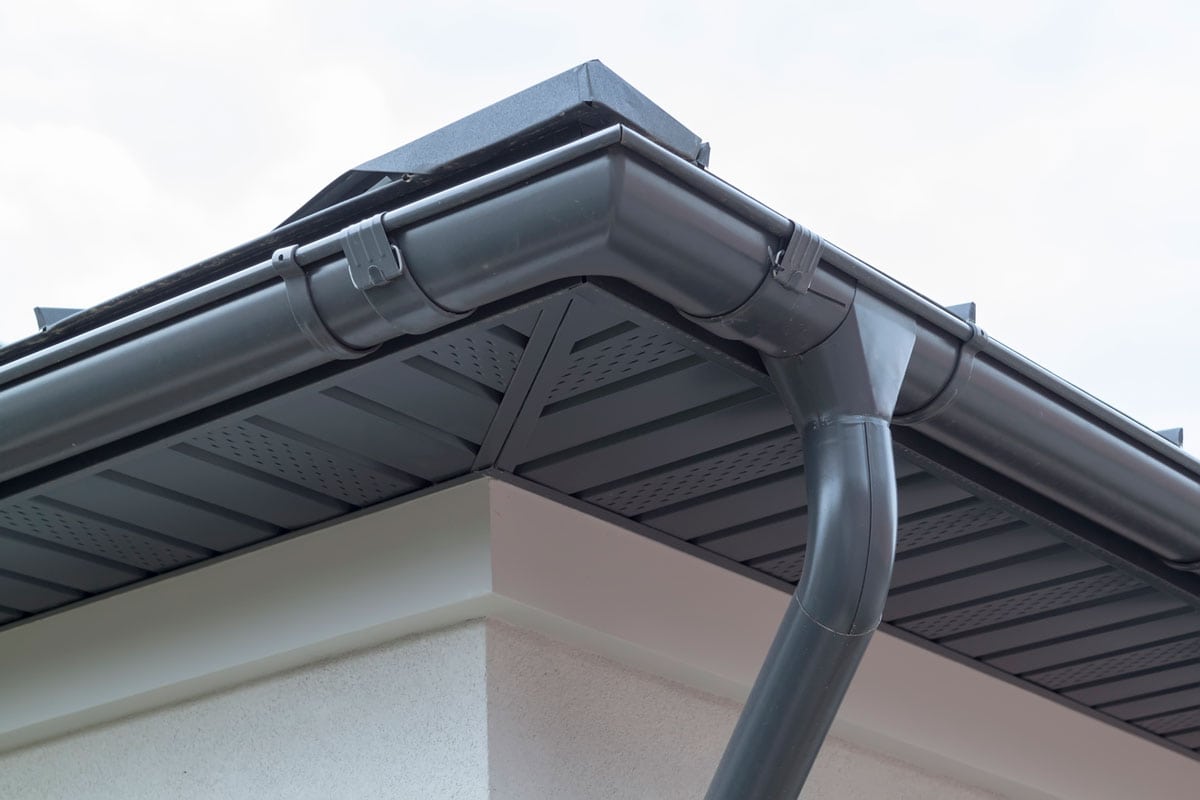
Downspouts are the connected pipes, running from the gutter down to the nearest drainage system. It's important to fix the downspout to redirect the rainwater properly. Otherwise, that rainwater can stay in the gutter and trigger moisture spread.
You can add a downspout to the gutter where the condensation is high. This can help drain the moisture and keep the spot free from condensation. You can refer to the steps below:
- Use a portable ladder and carefully reach the gutter you want to add a downspout to.
- Wear a mask, then mark the pipe size against the gutter to identify how large is the hole you need to cut.
- Use a utility knife to draw an "X" at the marking, then pierce the knife at the center.
- Pry out the "X" mark in the gutter using pliers. This is to prevent leaks around the downspout.
- Attach the pipe, then screw it onto the gutter.
- Measure the length of pipe that will run from the gutter to the wall, then cut the pipe.
- Pinch the pipe's hole to connect it with the elbow pipe.
- Screw the pipes together.
- Cut another pipe that will run from the wall down to the drainage, then screw it on the elbow pipe.
- Place some straps on the wall to hold the pipe in place.
- Connect more pipes until the downspout redirects the rainwater into the drainage.
- Apply silicon caulk around joints and on the gutter.
You can watch a demonstration here:
Is Condensation Seasonal?
Contrary to what most people think, condensation can occur at any time of the year. It's not exclusive to the winter season, but it can happen even in normal weather. High humidity levels can later cause condensation.
Condensation can also happen if the room temperature is too cold, especially when the air conditioner is on. You also want to consider turning off the air conditioner to reduce condensation. However, the air conditioner does not contribute that much to the moisture in your gutter.
Can Condensation Corrode the Gutter?
Corrosion happens when there's a strong liquid that dissolves the surface. However, it's also possible that condensation corrodes the gutter. Simply because the moisture can trigger rusting. The rust will then slowly weaken the gutter until it becomes crispy and weak.
How to Remove Ice in Gutters
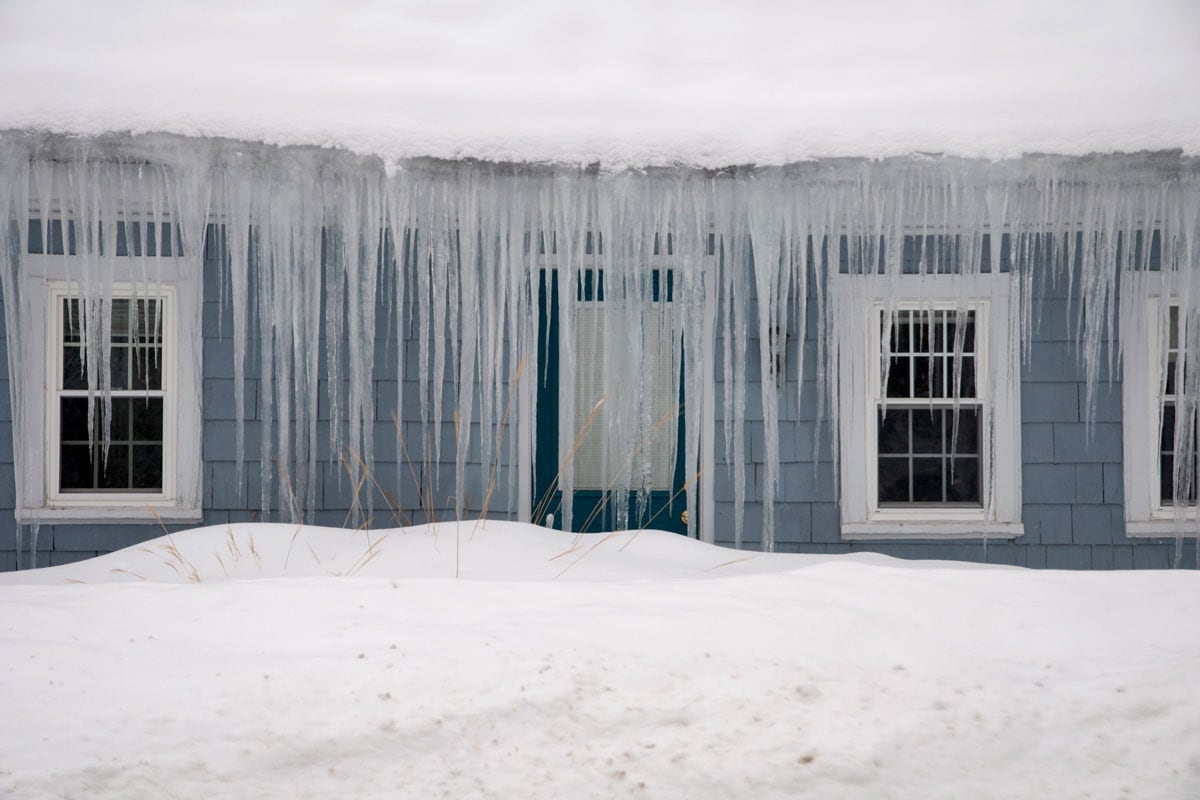
Ice in gutters is a serious problem during winter. The ice can be too heavy, dislocating the gutter from the roof. A rake is a tool that helps you reach the gutter without climbing up the roof. You can use it to remove the ice.
See the steps below:
- Prepare hot water in a bucket. You can also turn on the water heater if you have one. For convenience, simply connect it to the hose.
- Flush the roof and gutters with hot water. Be careful not to burn your skin. You can wear a jacket and gloves for protection.
- Rake the ice to let it fall.
- Fill a pantyhose with calcium chloride or any other ice melting solution.
- Place the pantyhose in the gutter. You can put in as much as you want. Just be sure the gutter will not collapse due to heaviness.
- Reach into the gutter and thump the ice with your fist. You can also use a rubber mallet.
- Leave the ice for a few hours and let it melt.
- Repeat flushing the gutter with hot water to completely melt the ice. Otherwise, seek help from a professional for safe ice removal.
Conclusion
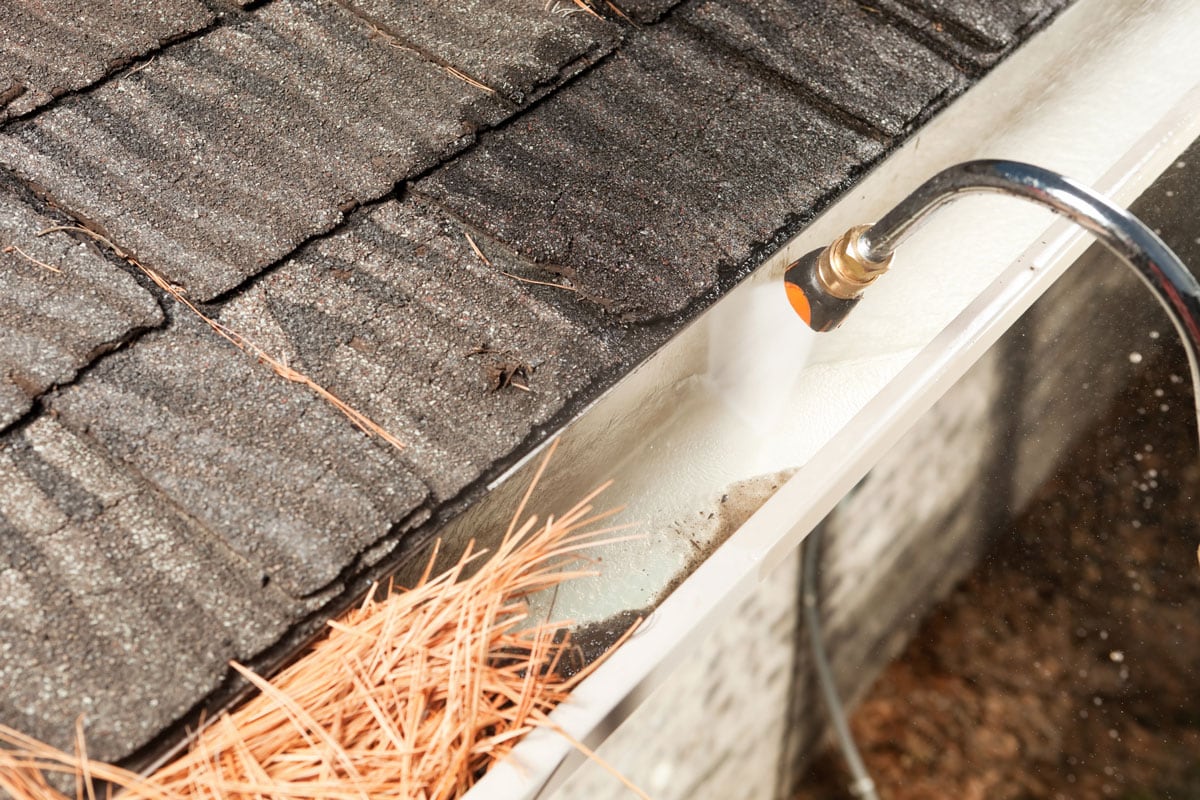
This article is really useful for us. We learned ways to deal with condensation on gutters, as well as discussed why this happens. Keep in mind that the condensation can get worse if you leave it unresolved. So, monitor the gutter more often.
Do you want to read more? We know you'll love these articles:


